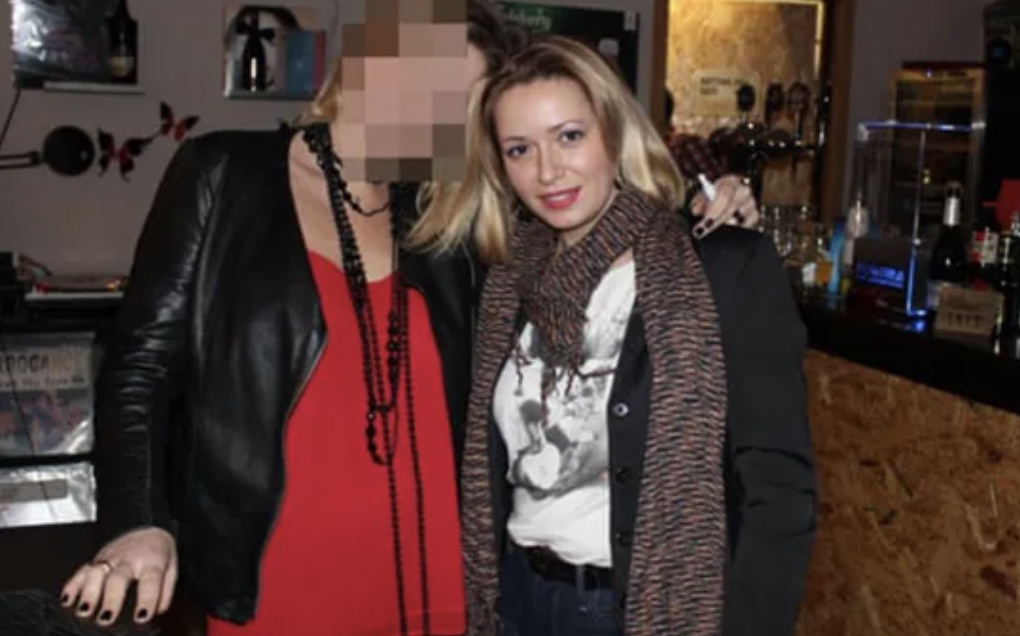The lines written on an article in the Bellingcat investigative journal reveal some rumors about the modus operandi del Gru (one of the Russian intelligence services), in creating a new identity for their operative agents from scratch.
On August 8, 2005, the civil registry office of Independencia district in Lima, Peru, he received an application for the registration of a new Peruvian citizen in the database of national citizens of the country. The aspiring citizen said his name was Maria Adela Kuhfeldt Rivera and his lawyers presented a birth certificate from the civil registry of the seaside resort of Callao. The birth certificate was dated September 1, 1978 and reported the progressive number 1109 on the birth register of Peru for that year.
According to a letter from the Peruvian civil registry examined by Bellingcat, the civil officer handling the case suspended the application and asked for further evidence for Maria Adela's actual birth.
On 19 August 2005, the lawyers of “Maria Adela” presented an additional document: a baptismal certificate from the Cristo Liberador parish of Callao. According to the church document, little Maria Adela was born on September 1, 1978, and was baptized two weeks later, on September 14, 1978.
The civil officer of Lima was not convinced and turned to the parish priest of the diocese of Cristo Liberador, the Rvd, for a check. José Enrique Herrera Quiroga. Unfortunately for the waiting citizen, the priest wouldn't even have to check church records to report the document was fake. He had had the honor of being the founder and inaugural priest of this church founded in 1987, nine years after the alleged baptism of Maria Adela. The website of the Diocese of Cristo Liberador details the founding date, as confirmed by a representative of the parish when Bellingcat contacted her.
On December 22, 2006, in an annual budget report to the Congress of Peru, the Peruvian Ministry of Justice reported that its office for migration and naturalization had uncovered three fraudulent citizenship applications in 2005, one of which was that of " Maria Adela ". The report concluded that this person's identity is unknown and referred the case to the National Prosecutor as a crime against national public security.
Although Maria Adela's Peruvian citizenship had faded, her GRU commanders, probably unaware that the Peruvian government would make this false departure public, decided to persist with this identity for their spy. The reason for their persistence is unknown.
Whatever it was, "Maria Adela" received her first Russian passport in 2006, using exactly the same name and date of birth. According to the cover identity that was created for her, she worked as a "leading specialist" at Moscow State University and lived at a Moscow address as early as 2010, according to registration databases. Those who live there now tell us they have never heard of her.
Notably, the Russian national passport issued to "Maria Adela" belonged to a range that the GRU had issued for the national passports of at least six other GRU spies, including an officer indicted for poisoning the Bulgarian arms manufacturer Emilian Gebrev and another officer involved in the poisoning of Sergey Skripal. Based on the proximity of the passport numbers and the known issue date of the other passports, we can estimate that "Maria Adela" received her Russian identity documents in November or December 2006, just before the Peruvian Ministry of Justice publicly burned his identity.
